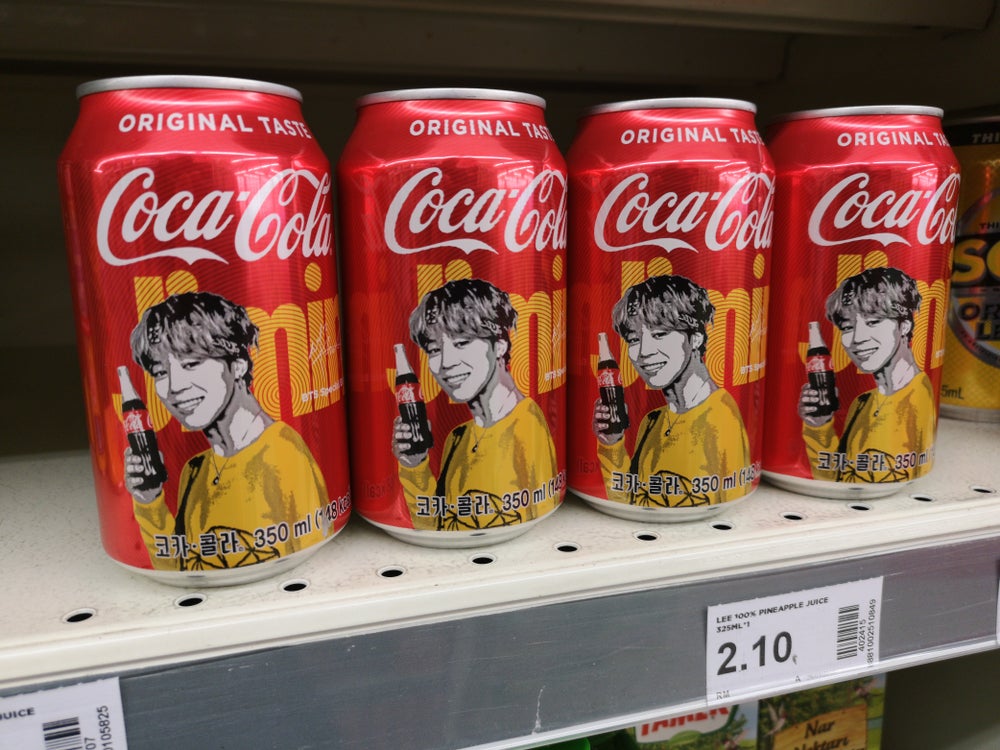A story that involves a stay in a hospice—a facility geared toward palliative, or end-of-life care—will rarely have a happy ending. So when Capital Hospice turned to a storytelling-reliant creative approach as part of a $15 million capital campaign, one could understand a few raised eyebrows.
Those eyebrows have been lowered, thanks to a sensitive copywriting team, a reconfiguration of the solicitation package, and some carefully applied segmenting and customization. What else has been lowered? The total number of pieces mailed to previous donors and other individuals it has a relationship with, from 300,000 annually in 2008 and 2009 to 140,000 in 2010.
Not everything has dropped though; the average gift amount jumped by more than 20%.
Penelope Welch, the director of philanthropy at Capital Hospice, attributes the package's reconfiguration—by DirectMail.com—with the turnaround.
"They modified the acquisition package to be more mission based and to tell a story," says Welch. "It uses pictures and testimonials. It's much more the face of who the hospice helped."

The test packages replaced the control's four-page "rhetoric," as Welch called it, with two pages of narrative describing how, thanks to previous gifts, the hospice was able to provide comfort to its clients and their families. It also added a buck slip that featured picture of a couple, along with a paragraph about them and how the hospice made their lives easier.
These images and paragraphs—along with some of the text in the letters—weren't left to fate. DirectMail.com overlaid the donors and other individuals on the Capital Hospice file with a wide swath of demographic, psychographic and lifestyle information. It then generated four clusters based on affinities and tailored both the buck slip and internal wording within each letter with language geared toward appealing to each cluster.
"Within the last three, four years we have been able to demonstrate the success of that methodology," says Robert Salta, a principal/partner at DirectMail.com. "We have established copy guidelines for each of these clusters." These guidelines weren't arrived at without some pain: Salta refers to the process of agreeing what the appropriate motivational triggers for each were as "a long ordeal."
That said, words work. "There are still ways to lift results and ROI through smart messaging, targeting and not just throwing tchotchkes," Salta continues. (As it happens, Capital Hospice never offers premiums, according to Welch. The organization has long preferred a mission-focused approach toward fundraising.)
While DirectMail.com carried over eschewing premiums to its redesign, the new segments offered other creative directions. Some recipients received letters with paragraphs reflecting their participation in leisure activities (based on lifestyle magazines or other activities), asking them to help patients spent time at home during the care period. Others touted Capital Hospice's more dynamic patients who were there for their families. A third group wanted to be recognized for being forward-thinking in their activities, whether trying new products or donating to a new center. And a final group received an appeal based on their inferred altruistic leanings.
These customized paragraphs were stitched into letters emphasizing the compassionate care, pain relief and dignity received by Capital Hospice clients toward the end of their life.
"The previous copy was, 'if you don't make a donation, people will die,'" says DirectMail.com vice president Shawn Salta. "The messaging we use recognizes donors are a critical component of supporting Capital Hospice's mission."
"Our copy is focused on good work rather than the doom and gloom of an end-of-life institution," adds Kirk Swain, a principal and partner at DirectMail.com.
The new version, he adds, has reduced the amount of white mail donations Capital Hospice has received.
White mail? Those are donations that come in without a specific identifiable catalyst. What Shawn Salta surmises is that people wanted to make donations, but were put off by the previous messaging. This meant they either made a donation but didn't use the reply mechanisms in the old packages—or, perhaps, were deterred from making donations at all.
The copy wasn't the only customized element of the letters. Capital Hospice varies its ask string—the various amounts it suggests as donations—based on previous gifts.
The redesigned package, which was first used this year, has more than met the organization's million-dollar fundraising goal from its house file. More than that, the ROI of its mailings has gone up: Whereas in previous years Capital Hospice would receive two dollars back for every dollar spent, this year's campaign had a cost of $340,000—a three-to-one ratio.



